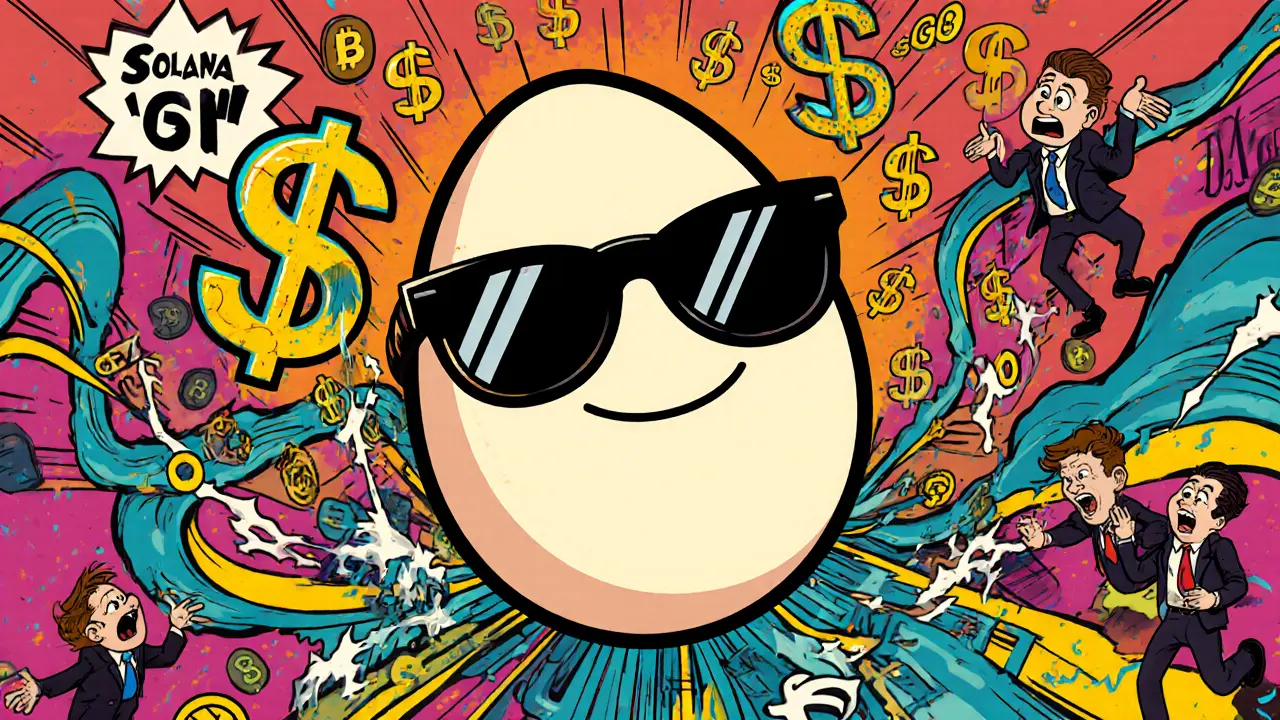Meme Coin: What They Are, Why They Move Markets, and How to Spot the Real Ones
A meme coin, a cryptocurrency created as a joke or internet cultural reference, often with no intrinsic utility but driven by community hype and social media trends. Also known as crypto meme tokens, these coins thrive on viral moments, not whitepapers. Think Dogecoin started as a parody of Bitcoin—and ended up worth billions. Shiba Inu didn’t need a team of engineers; it needed a Reddit thread and a TikTok trend. That’s the power of meme coins: they’re not built for stability, they’re built for momentum.
But here’s the catch—not every meme coin survives. Most die within weeks. The ones that stick around? They either become cultural fixtures (like Dogecoin) or piggyback on bigger trends, like airdrops. You’ll see that in the posts below: APENFT, Corite, and Radio Caca aren’t just meme coins—they’re tied to NFT drops, GameFi events, and CoinMarketCap promotions. That’s how they get visibility. And that’s how you find the ones worth paying attention to.
Meme coins don’t need to solve problems. But they do need to solve attention. They thrive on community, not code. That’s why you’ll find guides here on how to claim free tokens from airdrops tied to meme projects—like the 90M RACA drop or the 80,000 CO tokens. These aren’t random giveaways. They’re hooks. And if you know how to spot the ones with real momentum, you’re not gambling—you’re timing the wave.
But don’t confuse hype with value. Some meme coins are just exit scams wrapped in a Shiba Inu logo. That’s why reviews like the one on EOSex matter. It promised profit-sharing, vanished overnight, and left people holding EXP tokens worth nothing. That’s the dark side. And it’s why you need to know the difference between a meme coin with a loyal user base and one with a dev team that already cashed out.
And while meme coins often live on BSC or Ethereum, they don’t exist in a vacuum. They’re influenced by regulatory shifts—like dYdX blocking users—or by market conditions that make people chase quick gains. That’s why you’ll also find posts about crypto compliance in restricted countries, or how sanctions affect trading. Meme coins move fast, but the rules around them don’t always keep up.
So what’s left? You’ll find real, no-fluff guides here: how to claim PHA tokens from Phala Network, what makes Chimpzee’s eco-claim believable, or how Satoxcoin’s mining system actually works. These aren’t all pure meme coins—but they’re part of the same ecosystem. The same people who jump on Dogecoin are the ones mining SATOX or chasing NFTP airdrops. The lines blur. And that’s exactly why you need a clear lens.
Don’t chase every coin with a funny name. Look for the ones with activity, not just memes. The ones with wallets that keep trading, not just ones that trend for a day. The ones that show up in exchange reviews, not just in Twitter threads. That’s what this collection gives you: the tools to tell the difference. Whether you’re here because you saw a meme coin spike on your feed, or you’re trying to avoid getting scammed—this is your filter.

